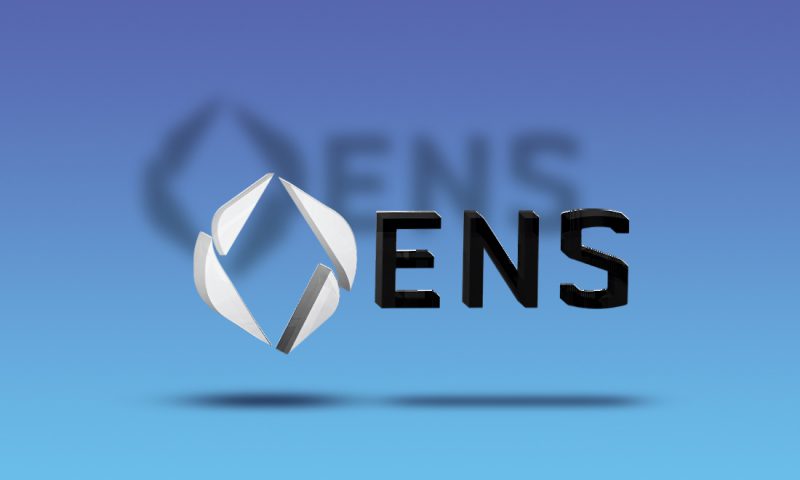The decentralized domain name provider for the Ethereum blockchain, Ethereum Name Service (ENS) is turning out to be the latest crypto industry frenzy. In an exclusive update, an OpenSea user placed a bid for 1 million USDC on the ENS name, ‘amazon.eth’.
Moreover, the current owner of ‘amazon.eth’ had initially bought the domain for 33 ETH in February of 2022. This in turn also indicates ENS domain names’ highly profitable resale market.
ENS Popularity Rages After 1 Million Domain Names Milestone
The human-friendly name-generating system recently gained considerable traction after it registered 1 million domain names. In light of this, ENS also ousted OpenSea’s number one rank amongst Ethereum’s gas-burning protocol. On May 2, ENS made the 1 million domain names announcement and on May 3, the company’s lead developers shared record-breaking data.
Nick.eth took to Twitter, highlighting that ENS made its highest revenue, accounting for $1.95M. Following this, he noted that there is a “low ratio between registrations and registration years”. This in turn “would tend to indicate that there’s a significant number of names being registered for short periods, though – usually the ratio is closer to 1:4-1:5”.
However, the Twitter account added that “a quick chart in BigQuery + Data Studio shows that although there’s a spike of shorter registrations, most of the registrations are still for 1 or 2 years”.
Additionally, according to data from Dune Analytics, the decentralized domain service has made nearly $52 million in total revenue this year.
Earlier this month, ENS saw yet another spike in .eth names on both the primary (registration) and the secondary (trading) market. According to community analysis of the daily volume of both primary and secondary (OpenSea, LooksRare, Rarible) markets — the primary market expired twice the trading volume as opposed to the secondary market. Nevertheless, the secondary market had 10x more volumes in USD terms.





